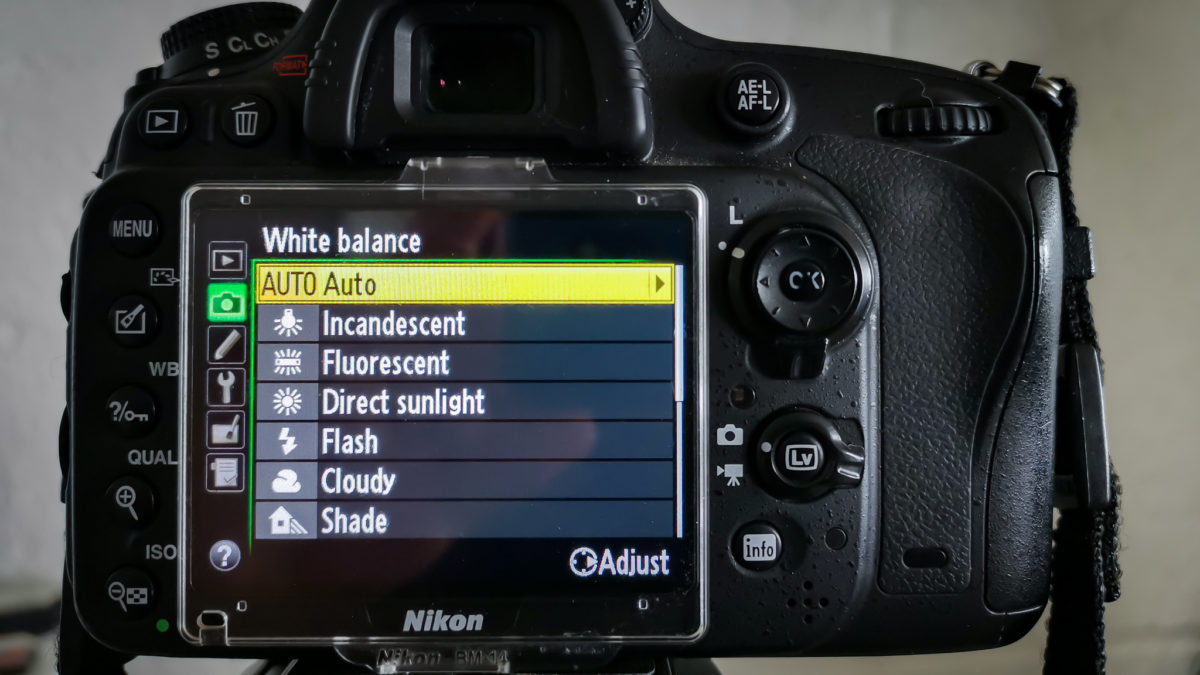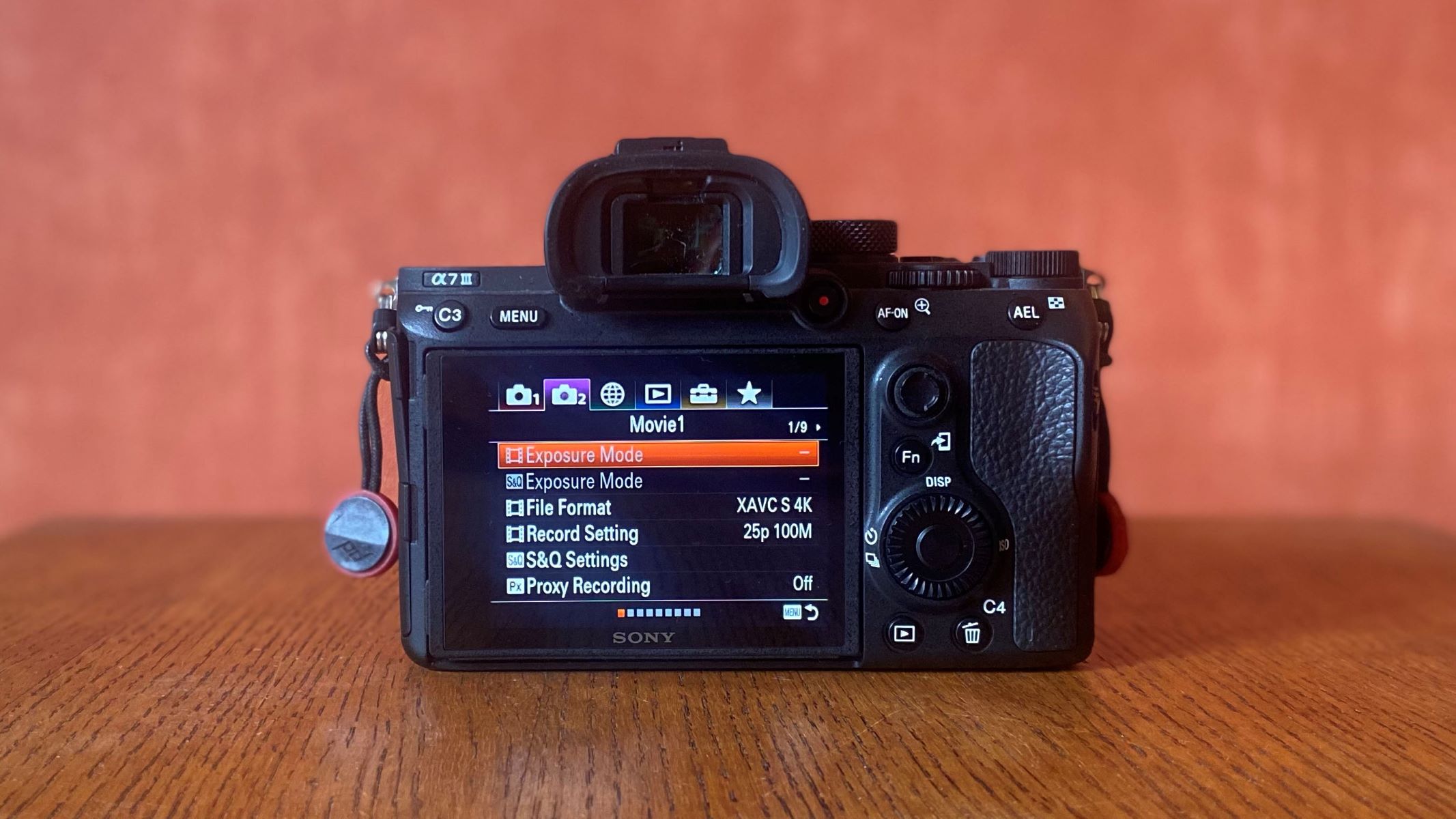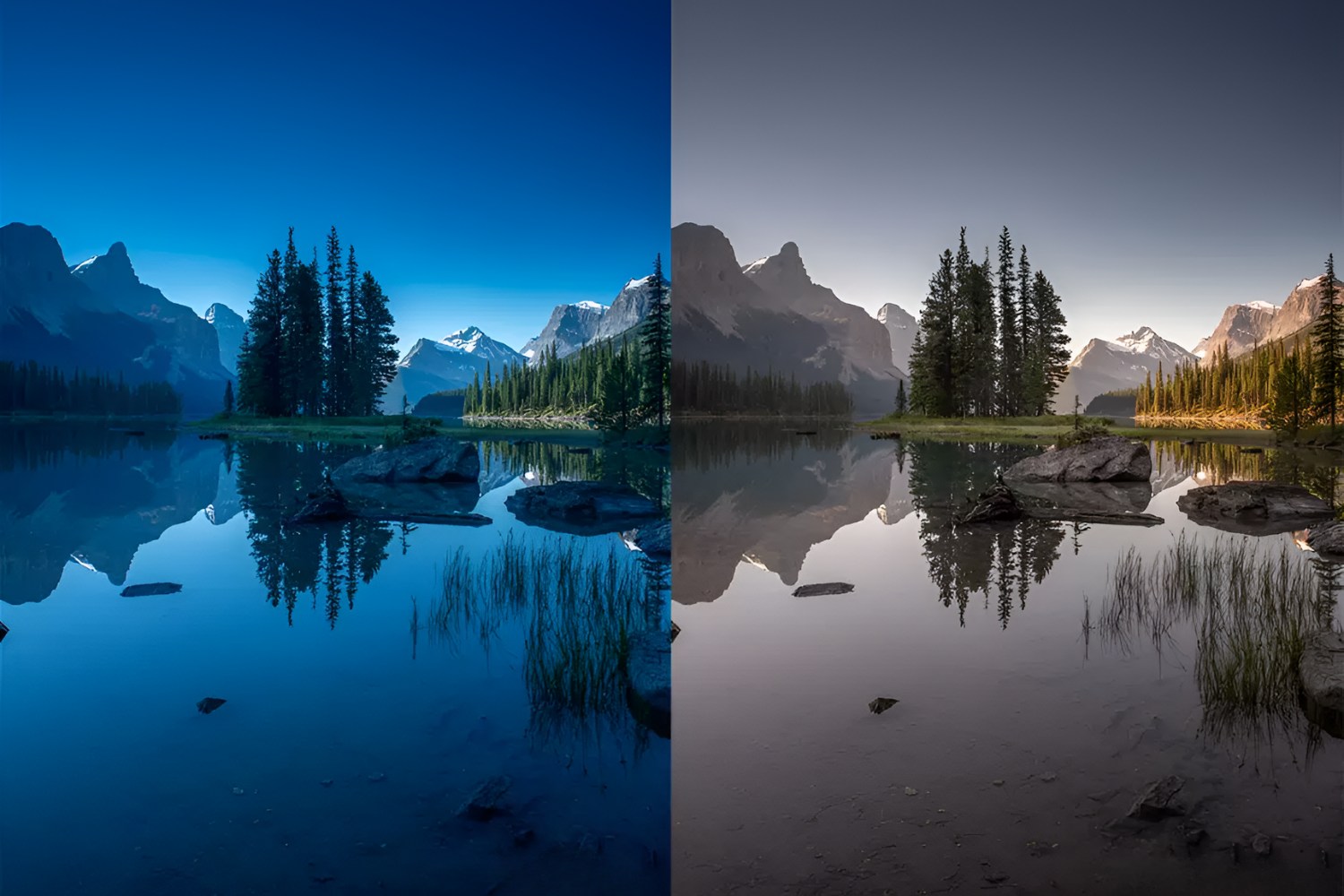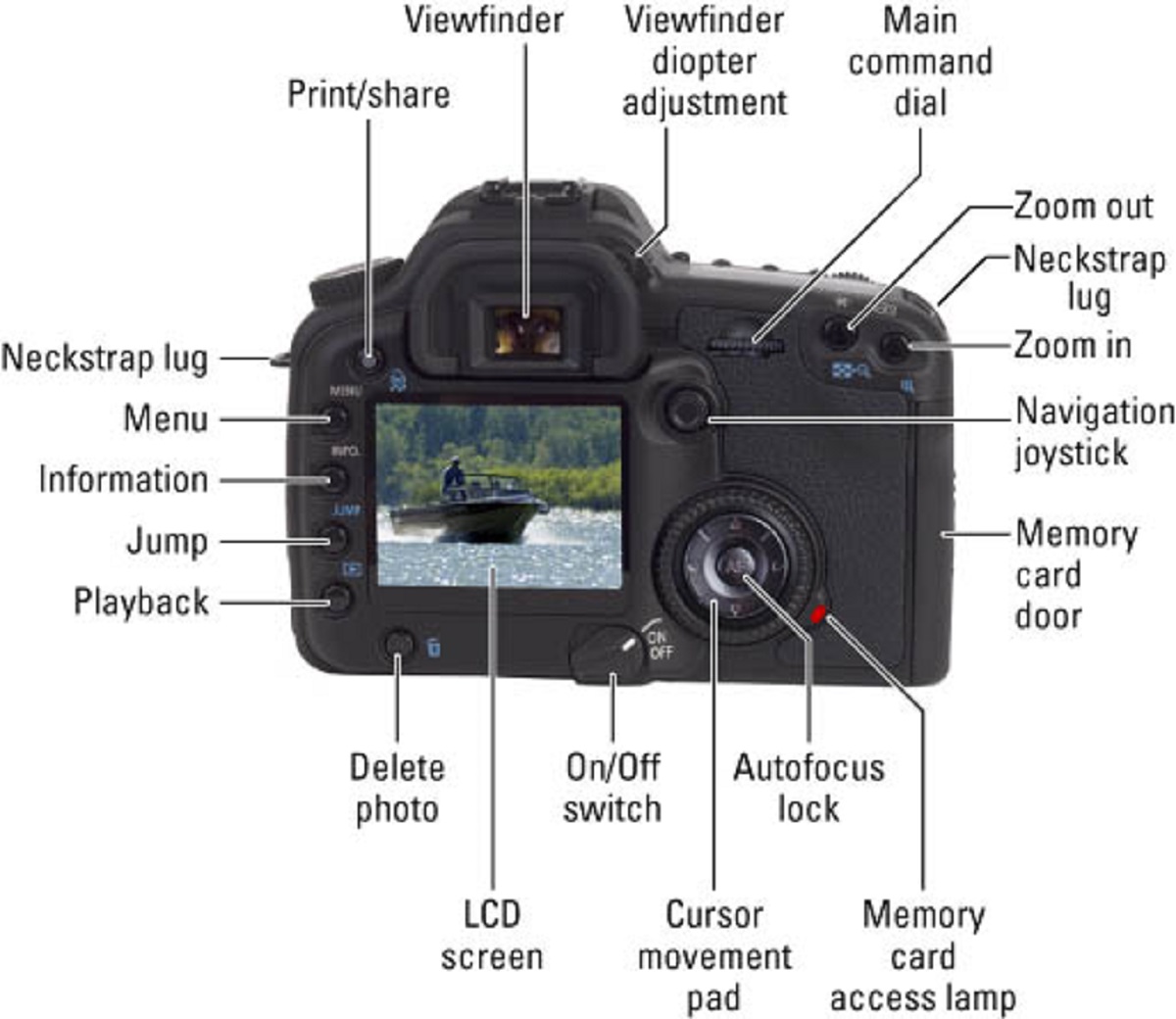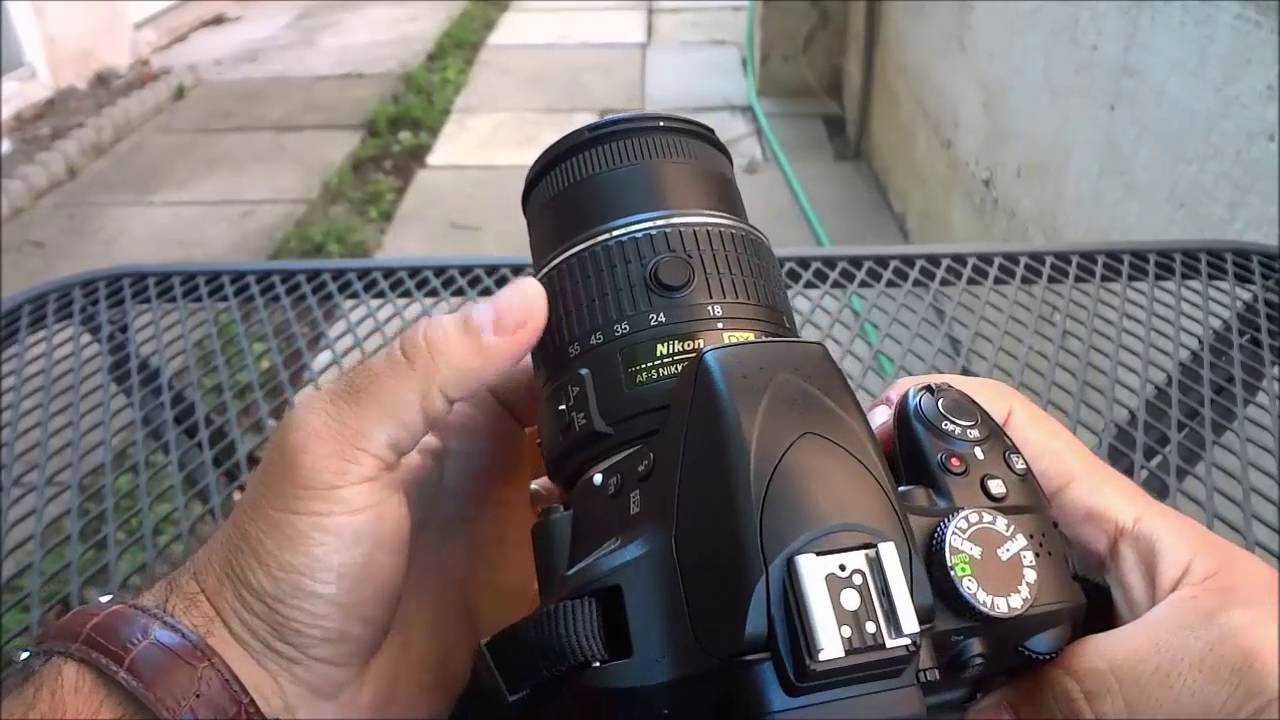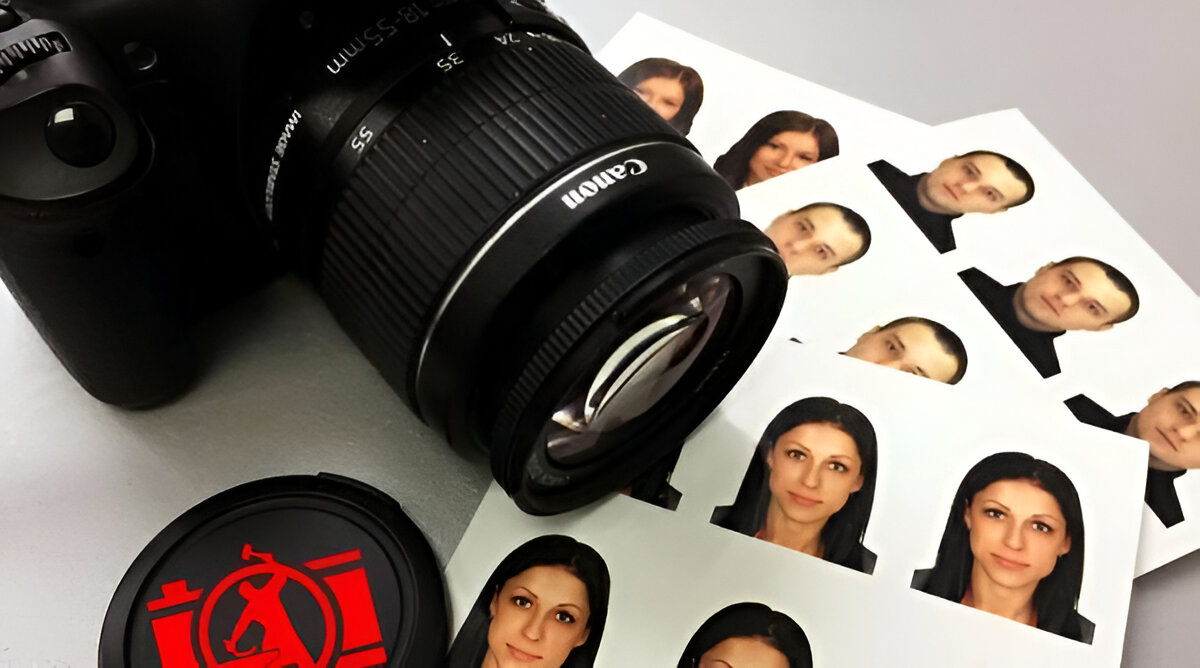Introduction
Understanding the Importance of White Balance in Photography
Setting the correct white balance on a DSLR camera is crucial for capturing accurate and natural-looking colors in your photographs. White balance refers to the adjustment of colors in an image to ensure that white objects appear truly white, regardless of the lighting conditions. When the white balance is off, images can appear too warm (yellow/orange) or too cool (blue), resulting in an unnatural or unappealing look.
A DSLR camera's white balance settings allow photographers to adjust the color temperature to match the lighting conditions in which they are shooting. Whether you are photographing indoors under artificial lighting, outdoors on a sunny day, or during the golden hours of sunrise or sunset, understanding and setting the white balance correctly can significantly impact the overall quality of your images.
This article will guide you through the process of setting white balance on a DSLR camera, including the different methods and tools available to achieve accurate color representation in your photographs. Whether you are a beginner looking to improve your photography skills or a seasoned photographer seeking a refresher on white balance, this comprehensive guide will equip you with the knowledge and techniques to enhance the visual appeal of your images. Understanding white balance is a fundamental aspect of photography, and mastering it will elevate the quality and impact of your photographic work.
Next, we will delve into the fundamentals of white balance and its significance in photography, providing you with a solid foundation for mastering this essential technique. Let's explore the world of white balance and discover how it can transform your photography.
Understanding White Balance
The Impact of Color Temperature on Photography
White balance is a fundamental concept in photography that directly affects the overall color rendition of an image. It is essential to comprehend how different lighting conditions influence the color temperature of a scene and, consequently, the white balance settings required to capture accurate colors in a photograph.
Color temperature is measured in Kelvin (K) and refers to the warmth or coolness of light. Lower color temperatures, around 2000-4000K, are associated with warm, reddish tones, commonly found during sunrise or sunset. In contrast, higher color temperatures, typically 5000-6500K, produce cooler, bluish hues, often seen in overcast or shaded conditions. Understanding these temperature ranges is crucial for achieving accurate white balance in various shooting environments.
When the white balance is set incorrectly, the colors in an image may appear unnatural or skewed. For instance, indoor lighting with incandescent bulbs can impart a warm, yellowish cast to photographs, while fluorescent lighting tends to produce a cooler, bluish tint. In outdoor settings, the color temperature changes throughout the day, from the warm, golden light of sunrise and sunset to the cooler, bluer tones of midday and overcast conditions. Failing to adjust the white balance settings to correspond with these variations can result in inaccurate color representation.
Understanding the interplay between color temperature and white balance empowers photographers to capture scenes with fidelity, ensuring that whites appear neutral and colors are faithfully rendered. By mastering the concept of white balance, photographers can enhance the visual impact and authenticity of their images, elevating the overall quality of their work.
Next, we will explore the practical aspects of setting white balance on a DSLR camera, including the available methods and techniques for achieving accurate color rendition in your photographs. Let’s delve into the intricacies of adjusting white balance to capture stunning and true-to-life images.
Setting White Balance on a DSLR Camera
Exploring White Balance Adjustment Options
Modern DSLR cameras offer various methods for adjusting white balance to suit different lighting conditions and achieve accurate color representation in photographs. Understanding these options empowers photographers to capture stunning images with true-to-life colors, regardless of the prevailing lighting environment.
One of the most straightforward ways to set white balance is by using the camera’s preset white balance settings. These presets, often denoted by symbols such as daylight, shade, cloudy, tungsten, fluorescent, and flash, are designed to correspond to specific lighting conditions. By selecting the appropriate preset that matches the prevailing lighting, photographers can quickly and effectively adjust the white balance to ensure accurate color rendition in their images.
Another method for setting white balance involves utilizing the custom white balance feature available on most DSLR cameras. This technique allows photographers to calibrate the white balance based on the actual lighting conditions present at the time of shooting. By capturing a reference image of a neutral gray or white card under the prevailing lighting and using it to set a custom white balance, photographers can fine-tune the color temperature to accurately represent the scene’s colors.
Additionally, some advanced DSLR cameras provide white balance bracketing, which captures a series of images with varying white balance settings. This feature is particularly useful for photographers seeking the perfect white balance in challenging or mixed lighting conditions, allowing them to select the most suitable white balance during post-processing.
Understanding and mastering these white balance adjustment options equips photographers with the flexibility and precision to capture images that faithfully represent the colors and ambiance of the scene. The ability to adapt to diverse lighting conditions and achieve accurate white balance is a hallmark of exceptional photography.
As we delve deeper into the nuances of white balance adjustment, we will explore the practical application of these techniques, providing insights and tips for achieving optimal white balance in a variety of shooting scenarios. Let’s embark on a journey to harness the power of white balance adjustment in DSLR photography.
Using Preset White Balance Settings
Harnessing the Power of Built-in White Balance Presets
Modern DSLR cameras are equipped with a range of preset white balance settings, each tailored to specific lighting conditions commonly encountered in photography. Understanding and utilizing these presets empowers photographers to achieve accurate color representation in their images with ease and precision.
One of the most commonly used preset white balance settings is “Daylight,” which is optimized for shooting in natural sunlight. This setting ensures that colors appear true to life, capturing the warmth and vibrancy of outdoor scenes without introducing unwanted color casts. Similarly, the “Shade” preset compensates for the cooler, bluer tones often present in shaded or overcast conditions, allowing photographers to maintain accurate color rendition in their images.
For indoor photography under artificial lighting, DSLR cameras offer presets such as “Tungsten” and “Fluorescent,” designed to counteract the warm, yellowish hues of tungsten lighting and the cool, bluish tints of fluorescent lighting, respectively. By selecting the appropriate preset that matches the prevailing indoor lighting, photographers can ensure that their images accurately reflect the true colors of the scene.
When using electronic flash in photography, the “Flash” preset is particularly valuable for achieving balanced and natural-looking colors. This setting compensates for the characteristic cool light emitted by camera flashes, allowing photographers to capture well-balanced and accurate color representation in their flash photography.
Furthermore, some DSLR cameras feature additional presets such as “Cloudy” and “Kelvin,” offering further flexibility for adjusting white balance to suit specific shooting conditions. These presets enable photographers to fine-tune the color temperature according to the ambient light, ensuring that their images faithfully capture the mood and ambiance of the scene.
By leveraging the built-in preset white balance settings, photographers can effortlessly adapt to diverse lighting environments and achieve accurate color rendition in their images. Understanding the nuances of each preset empowers photographers to capture stunning photographs that authentically reflect the colors and atmosphere of the scenes they photograph.
Next, we will delve into the intricacies of custom white balance, providing insights into this advanced technique for achieving precise color representation in photography. Let’s explore the custom white balance feature and its role in elevating the quality of images captured with DSLR cameras.
Custom White Balance
Calibrating White Balance for Accurate Color Representation
Custom white balance is an advanced technique that empowers photographers to fine-tune the color temperature of their images based on the specific lighting conditions present at the time of shooting. By calibrating the white balance to match the ambient light using a reference image, photographers can achieve precise and accurate color representation in their photographs.
To set a custom white balance, photographers typically use a neutral gray or white card, which serves as a reference for calibrating the color temperature. When shooting in the prevailing lighting conditions, a photograph of the reference card is captured, ensuring that it fills the frame and is evenly illuminated by the ambient light. This reference image is then used to set the custom white balance in the camera, allowing for accurate color rendition in subsequent photographs taken under the same lighting.
Custom white balance is particularly valuable in situations where the available preset white balance settings may not fully align with the specific color temperature of the lighting environment. It offers photographers the flexibility to precisely adjust the white balance, ensuring that colors are faithfully reproduced without unwanted color casts or inaccuracies.
Additionally, custom white balance is beneficial for maintaining color consistency across a series of photographs taken in the same lighting conditions. By setting a custom white balance based on the reference image, photographers can achieve uniform color representation throughout their images, enhancing the visual coherence and authenticity of their photographic work.
Furthermore, the custom white balance feature is indispensable for photographers working in mixed lighting environments, where different light sources may introduce varying color temperatures. By calibrating the white balance to match the predominant ambient light, photographers can mitigate the impact of mixed lighting and achieve balanced and accurate color representation in their images.
Mastering the custom white balance technique empowers photographers to exercise precise control over the color rendition of their images, resulting in photographs that authentically reflect the true colors and ambiance of the scenes they capture. Understanding and leveraging this advanced white balance adjustment method is a hallmark of professional and meticulous photography.
As we continue our exploration of white balance, we will uncover the tools and accessories that aid photographers in achieving optimal color representation and delve into practical tips for mastering white balance in diverse shooting scenarios. Let’s embark on a journey to unlock the full potential of white balance adjustment in DSLR photography.
White Balance Tools and Accessories
Enhancing White Balance Precision with Essential Equipment
Photographers can further refine and optimize their white balance adjustment process by utilizing various tools and accessories designed to ensure accurate color representation in their images. These essential equipment options provide photographers with the means to achieve precise white balance calibration, particularly in challenging or mixed lighting conditions.
One indispensable tool for achieving accurate custom white balance is the gray card, a neutral-toned card specifically designed to aid in color calibration. When photographing a gray card under the prevailing lighting conditions, photographers can use it as a reference for setting a custom white balance in their DSLR cameras. The neutral gray surface provides a consistent and reliable reference point for calibrating the color temperature, enabling photographers to achieve accurate and faithful color rendition in their images.
Alternatively, white balance lens caps, which feature a translucent diffuser and a neutral reference surface, offer a convenient and portable solution for setting custom white balance in the field. By placing the white balance lens cap over the camera lens and capturing a reference image, photographers can quickly and effectively calibrate the white balance to match the ambient light, ensuring accurate color representation in their photographs.
For photographers working in studio or controlled lighting environments, color calibration tools such as the X-Rite ColorChecker Passport provide comprehensive color reference targets, allowing for precise color calibration and white balance adjustment. These versatile tools enable photographers to achieve consistent and accurate color rendition across their images, enhancing the overall quality and visual appeal of their photographic work.
Furthermore, handheld light meters equipped with color temperature measurement capabilities offer photographers the ability to accurately assess the color temperature of the ambient light, providing valuable insights for setting white balance in their DSLR cameras. By measuring the color temperature of the prevailing lighting conditions, photographers can make informed decisions when adjusting the white balance to achieve optimal color representation.
By leveraging these white balance tools and accessories, photographers can elevate the precision and reliability of their white balance adjustment process, resulting in images that authentically reflect the true colors and ambiance of the scenes they capture. Understanding and utilizing these essential equipment options is key to achieving professional-grade color representation in photography.
As we delve deeper into the realm of white balance, we will uncover practical tips and techniques for achieving accurate color rendition in a variety of shooting scenarios. Let’s explore the nuances of white balance adjustment and equip ourselves with the knowledge and tools to capture stunning and true-to-life images with our DSLR cameras.
Tips for Achieving Accurate White Balance
Mastering the Art of Color Calibration in Photography
Mastering white balance adjustment is essential for photographers seeking to capture images with accurate and true-to-life color representation. By implementing the following tips and techniques, photographers can elevate the precision and reliability of their white balance calibration, ensuring that their images authentically reflect the colors and ambiance of the scenes they photograph.
- Understanding Lighting Conditions: Familiarize yourself with the characteristics of different lighting sources and their respective color temperatures. Whether shooting under natural light, artificial indoor lighting, or mixed lighting environments, understanding the nuances of color temperature empowers photographers to select the most suitable white balance settings.
- Utilizing Custom White Balance: Embrace the custom white balance feature on your DSLR camera to achieve precise color calibration based on the prevailing lighting conditions. Capturing a reference image of a neutral gray or white card under the ambient light allows for accurate color rendition in subsequent photographs.
- Calibrating for Mixed Lighting: In situations where multiple light sources with varying color temperatures are present, carefully assess the predominant ambient light and adjust the white balance accordingly to achieve balanced and accurate color representation.
- Utilizing White Balance Tools: Incorporate essential tools such as gray cards, white balance lens caps, or color calibration targets to aid in setting custom white balance and achieving consistent color rendition across your images, particularly in controlled lighting environments.
- Bracketing White Balance: When uncertain about the optimal white balance setting, utilize white balance bracketing on advanced DSLR cameras to capture a series of images with varying white balance settings, providing flexibility during post-processing to select the most suitable color temperature.
- Reviewing Histogram and Test Shots: Regularly review the histogram and test shots to assess the accuracy of the white balance settings. Pay attention to any color casts or inaccuracies and make necessary adjustments to achieve the desired color rendition.
- Post-Processing Adjustments: In situations where achieving the perfect white balance in-camera is challenging, leverage post-processing software to fine-tune the color temperature and tint, ensuring that the final images accurately reflect the intended colors and mood of the scenes.
By implementing these tips and techniques, photographers can refine their white balance adjustment process, resulting in images that faithfully represent the colors and ambiance of the scenes they capture. Understanding and mastering the art of color calibration is a hallmark of meticulous and professional photography.
As we continue our exploration of white balance, we will uncover additional insights and practical advice for achieving optimal color representation in diverse shooting scenarios. Let’s embark on a journey to refine our white balance adjustment skills and capture stunning images with true-to-life colors using our DSLR cameras.
Conclusion
Mastering the Art of White Balance for Exceptional Photography
Understanding and mastering white balance adjustment is a foundational skill that empowers photographers to capture images with accurate and true-to-life color representation. By delving into the intricacies of white balance and exploring the various methods, tools, and techniques available for achieving optimal color calibration, photographers can elevate the visual impact and authenticity of their photographic work.
From the fundamental principles of color temperature to the practical application of preset and custom white balance settings, photographers have a wealth of resources at their disposal to ensure accurate color rendition in diverse lighting conditions. Leveraging essential tools such as gray cards, white balance lens caps, and color calibration targets further enhances the precision and reliability of the white balance adjustment process, particularly in controlled or challenging lighting environments.
By implementing practical tips and techniques, photographers can refine their white balance calibration skills, enabling them to accurately represent the colors and ambiance of the scenes they photograph. Whether shooting under natural light, artificial indoor lighting, or mixed lighting environments, the ability to adapt and calibrate the white balance to match the prevailing color temperature is a hallmark of meticulous and professional photography.
As photographers continue to refine their white balance adjustment process, they gain the confidence and expertise to capture stunning images that authentically reflect the true colors and mood of the scenes they encounter. The art of color calibration is an essential aspect of photography, and mastering it unlocks the potential to create visually compelling and impactful images.
In conclusion, the journey to mastering white balance is an ongoing pursuit that requires a keen understanding of lighting conditions, color temperature, and the tools and techniques available for achieving optimal color representation. By honing their white balance adjustment skills, photographers can elevate the quality and visual appeal of their images, creating a body of work that resonates with authenticity and precision. Let’s continue to explore, experiment, and refine our approach to white balance, unlocking the full potential of color calibration in photography.







